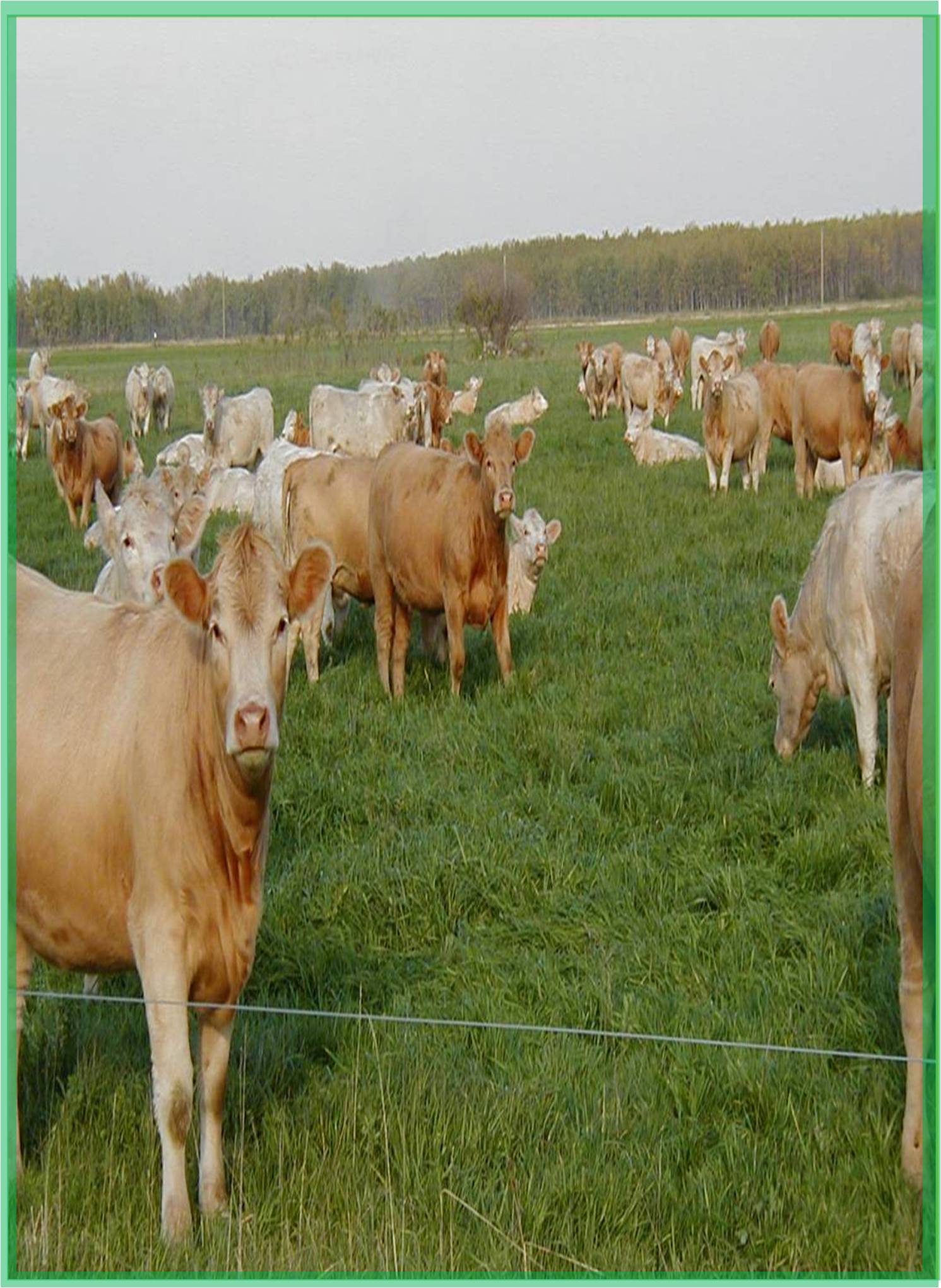



Received: 31-Dec-2021, Manuscript No. GJAS-22-59156; Editor assigned: 03-Jan-2022, Pre QC No. GJAS-22-59156(PQ); Reviewed: 17-Jan-2022, QC No. GJAS-22-59156; Revised: 24-Jan-2022, Manuscript No. GJAS-22-59156(R); Published: 01-Feb-2022, DOI: 10.15651/GJAS.22.10.002
The ratio of agricultural outputs to agricultural inputs is used to calculate it. It is a measure of efficiency in an agricultural production system that makes use of land, labour, capital, and other resources. This is described as the amount of agricultural output generated on farmland using a given amount of agricultural inputs such seeds, machineries, farm equipment, water infrastructure, fertilisers, pesticides, labour, and other overheads. Agricultural productivity can rise or fall depending on how well the ratio of agricultural outputs to agricultural inputs is managed. Troll the input or output prices they confront. Farmers must boost productivity to continuously grow earnings over time by producing more output from each unit of input they use.
Theme
Agricultural productivity development has allowed food to become increasingly plentiful and affordable even as the world’s population has grown. Total Factor Productivity (TFP) is one of the most useful indicators of agricultural productivity. TFP is a measure of the quantity of agricultural output created by combining the land, labour, capital, and material resources used in farming. When total output exceeds total inputs, the total productivity of the factors of production (also known as total factor productivity) rises.
TFP differs from measurements such as crop yield per acre or agricultural value-added per worker in that it considers a broader range of inputs. The average productivity of all of these inputs used in the production of all agricultural commodities is referred to as TFP. TFP growth represents the sector’s total pace of technological and efficiency change. Improvements in agricultural production have been the world’s principal means of ensuring that the needs of a growing population do not surpass the world’s resources’ capacity to deliver food over the long run.
Annual indices for agricultural TFP, outputs, and inputs for individual countries, significant global regions, and nations grouped by income levels are available for download in the IAP spread sheet.
The file also includes detailed information on the land, labour, capital, and material (or intermediate) inputs utilised in the TFP indices’ development. A thorough description of the material may be found on the spread sheets “Explanation” page.
The most recent Total Factor Productivity (TFP) estimates for Australian farms are included in this product. These projections are based on data from the ABARES agricultural survey, which spans the years 1977- 1978 through 2020-2021. The information is divided into three categories: industry, state, and area.
Productivity is a key indicator of agricultural performance in Australia. It demonstrates how inputs (labour, capital, land, materials, and services) are used to create outputs (crops, wool, and livestock) efficiently over time. Farmers can increase their profitability and competitiveness by increasing the ratio of outputs generated to inputs used.
Long-term productivity estimates reflect changes in farm size and management practices, as well as technological advances. However, short-term productivity estimates are often very volatile and are subject to seasonal conditions and other temporary factors. Readers should be careful when interpreting traditional estimates of short-term agricultural productivity. Most farmers focus on profit rather than productivity, but the two are closely linked in the long run. Profit is determined by the amount of inputs used and outputs produced, as well as the prices paid and received. Farmers generally can`t control the input or output prices they face. To consistently grow profits over time farmers must produce a greater quantity of output from each unit of input they use i.e. to increase productivity. Over the past 40 years Australian farmers have faced a general decline over time in output prices relative to input prices also known as the farmers` terms of trade. Producing more output with each unit of input has reduced the effect of this cost price squeeze on farm profits.